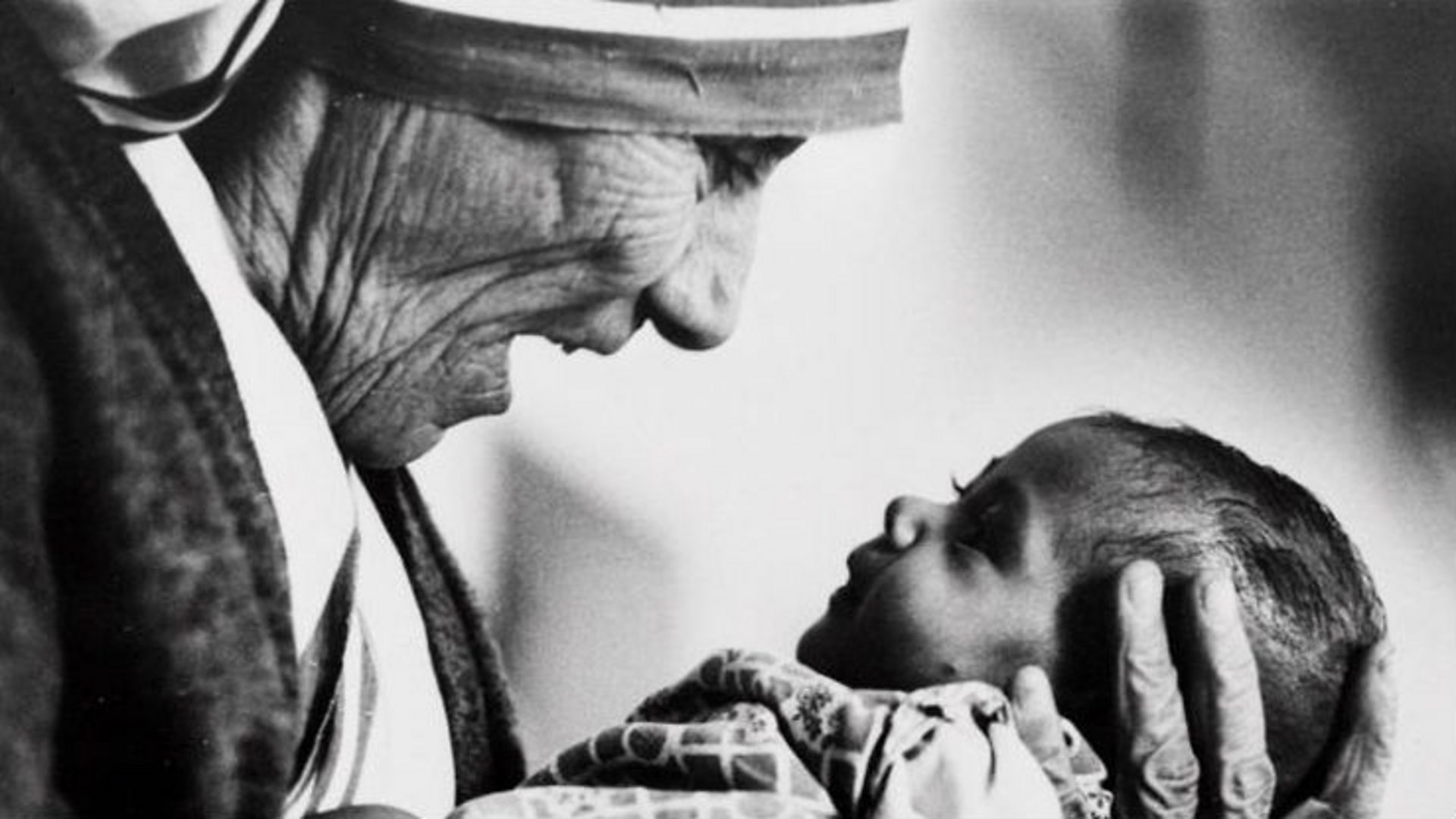Recent allegations about years of sexual abuse on the part of ex-Cardinal Theodore McCarrick have elevated years of scandal in the Catholic Church to new heights and dissipated hopes that the Church’s can put these troubles in the past. Not only are the acts that have been revealed heinous but also they were (allegedly but with strong evidence) committed by a priest en route to one of the most prominent prelatures in the United States, accompanied by honors, accolades, garlands, ecclesial influence . . . and (some of) his fellow bishops’ (highly probable) knowledge of his treachery.
Heretofore the scandals have been mostly about the abuses of rank-and-file priests and the failure of bishops to address them. Now, it is bishops’ knowledge of other bishops’ misdeeds and crimes that is at stake. The U.S. Church’s credibility is at a new low and the prospect of continued departures from the pews at a new high.
I count myself among those who hold that nothing less than an independent investigation led by laity can uncover who knew what and failed to act and begin to restore the Church’s credibility.
Over the past two decades that these events have taken place, though, I have often asked myself why the Church’s dominant language and response to the scandals has been an essentially secular one — that of law courts, bureaucratic procedure, and corporate deflection. Admittedly, enormous law suits force such behavior. There is no question, too, that safeguards of a bureaucratic nature are indispensable for protecting would be victims.
Still, I have often sensed that the Gospel has been left to the sidelines. If the Church is the Body of Christ, then why doesn’t it be what it is and face its sin and woundedness according to the logic of its founding, which was, after all, a decisive and thorough defeat of sin, an episode of cosmic restoration and healing, an act of solidarity with victims, an invitation to repentance, and an act of forgiveness?
The meaning of this comprehensive act of reconciliation for the crisis at hand would take some thinking through. I was heartened, though, to see a piece today along these lines written by Dawn Eden Goldstein, a widely read Catholic blogger who has written extensively on facing past wounds, including those arising from sexual abuse, through mercy and healing. She writes:
Given that the bishops form a college in continuation of the Apostles’ own, they need to take the initiative in summoning themselves, as a body, to public acts of penance for (1) the sins of bishops and all clerics, and (2) those who enabled or failed to act against such wrongdoers.
She elaborates:
The US bishops have the responsibility to show all the members of the Body of Christ what true contrition and reparation looks like. If the US Conference of Catholic Bishops (USCCB) announced it was summoning every one of its members to a public act of personal and collegial reparation, the bishops would thereby show they understand that (1) the sins of shepherds have a particularly destructive impact upon the entire Church and (2) if even one bishop is guilty, the entire college owes reparation to God, that He may heal the wound their brother inflicted upon His holy people.
The idea had been floated but not followed through, she explains, quoting ArcU blogger Michael Griffin:
Collegial penance is not a novel idea. In April 2002, as the abuse crisis was unfolding, Pope John Paul II called all US cardinals to Rome for a private meeting. Afterwards, the Vatican issued a communiqué proposing, among other things, that “it would be fitting for the Bishops of the United States Conference of Catholic Bishops to ask the faithful to join them in observing a national day of prayer and penance, in reparation for the offences perpetrated and in prayer to God for the conversion of sinners and the reconciliation of victims.”
Theologian Michael Griffin describes in his 2016 book The Politics of Penance the disappointing response of the bishops to the Pope’s recommendation. The USCCB agreed only to instruct bishops to fast and do private penance on August 14 2002. Although they included the option for local dioceses to offer public acts of penance on that day, just a small handful of bishops followed through.
In September 2016, Pope Francis called upon every episcopal conference worldwide to designate a Day of Prayer for abuse victims. This time, the USCCB did at least respond with a public act – a Mass at the beginning of its 2017 spring meeting in Indianapolis with two hundred bishops in attendance. Once again, however, the bishops did not bind themselves to performing public penitential observances in their own dioceses; such acts were recommended but remained only optional.
She goes on to describe how repentance so far has fallen short and how it can be improved — well worth reading.
Following Goldstein’s lead, we might do more to think through what other dimensions of evangelical reconciliation have to offer. Whereas repentance has been discussed but scantly followed through, another practice that Jesus taught clearly — forgiveness — has been seldom mentioned at all. What might it mean? It’s the subject of a future post.

